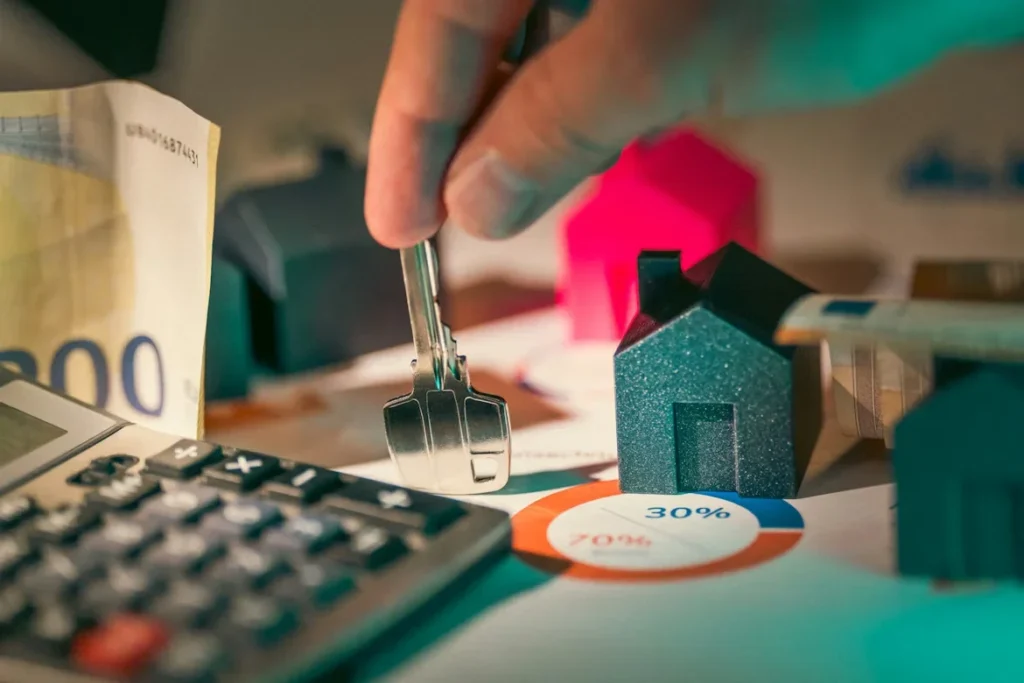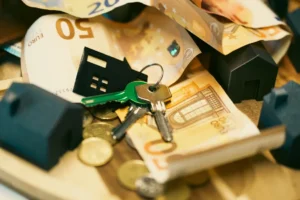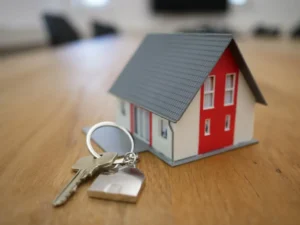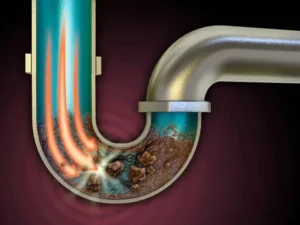Disclaimer: This content is for informational purposes only and does not constitute financial, legal, or real estate advice. Always consult a licensed professional before making decisions regarding buying, selling, or pricing property.
Want to know how to sell your house for top dollar in the shortest amount of time?
Selling your home is a significant financial decision. It’s easy to feel stressed and unsure of what you need to do when faced with all the steps and jargon involved in the process. Pricing, negotiations, contingencies, and closing costs it can be a lot to take in.
But it doesn’t have to be.
The key to selling your house successfully is to be prepared. With the right strategies in place, you can control the entire process from listing to closing and come out ahead financially. Whether this is your first home sale or your fifth, there are proven tactics that work every time to make sure a successful transaction.
So let’s talk about the best home-selling strategies for getting the most value in the shortest timeframe.
Why Does Timing Matter When Selling Your Home?

Before you can successfully sell your home, you have to understand the marketplace.
Did you know that home sales trends are constantly changing? One month, it may be a buyer’s market with lots of inventory, and the next, a seller’s market with bidding wars.
In fact, existing-home sales recently jumped to 4.06 million in September 2025 from 3.95 million in August. The national median home price also continued its climb, reaching $415,200, up 2.1% year over year. This means that both home sales and home prices are increasing nationwide.
But that doesn’t tell the whole story.
If you sell your home during a peak period like spring or early summer when the market is hot, you will likely get multiple offers and a strong price. Families want to move before the school year starts, and your landscaping is at its best during these months.
The best time to sell isn’t the calendar yea,r though.
The best time is when you have enough equity to cover the selling costs.
Home Buying Tip: Prepare Your Property For Sale
Did you know that when people make decisions, they go with their emotions first and their logic second?
Buyers are no different. When you’re selling your house, the way your property looks and feels will play a massive role in creating an emotional connection with potential buyers. They have to love it when they walk in the door, or you won’t get an offer.
- Start by depersonalizing your home. Remove as much clutter and personal items as possible so buyers can envision themselves living there.
- Spruce up your home by making a few key improvements.
- A deep clean throughout the house, including carpets, can make a world of difference.
- Minor repairs, fresh neutral paint on walls, new light fixtures, and staging rooms to show off the space all help.
- Consider selling to buyers who have no commission or fee when possible to maximize your proceeds.
- Open windows and fresh flowers in the main living areas make a home more inviting during showings. Small details make rooms feel warm and welcoming.
The more perfect the condition and presentation of your house, the more buyers will think, “I could live here!”
Also Read: Staging Secrets: How to Make Your Home Irresistible to Buyers
The Importance of Pricing Correctly

By far, the most critical factor in a successful home sale is pricing your property right out of the gate.
Price too high and you’ll scare off qualified buyers and end up with stale inventory. Price too low and you’ll leave money on the table.
So how do you find the best price?
Start by researching comparable sales in your neighborhood.
Look at what similar-sized homes with similar amenities sold for in the last 90 days and pay attention to bedrooms, bathrooms, square footage, and condition.
Factor in your local market conditions.
In 2024, home sellers realized an average profit of $122,500 from typical home sales across the US. The average sale also generated a 53.8% return on investment, down from 56.9% the year before. Year-over-year trends are essential to be aware of.
Give extra value to unique features that other homes in your area lack, such as a finished basement or a desirable location.
Are there repairs needed on your property? Recognize these, too, or else buyers will. Finally, be open to adjusting your price based on market feedback. If you’re getting showings but no offers, it’s time to lower the price.
Negotiating Offers Like A Pro
Receiving your first offer is an exciting moment, but don’t be too quick to jump at it. Smart selling requires looking at the whole package to understand if it’s a good fit for your situation.
Price is, of course, important, but you also have to consider these factors:
- Buyer Financing: Cash offers are attractive because they close faster with less risk of falling through.
- Contingencies: The fewer contingencies, the more certain the transaction.
- Closing Timeline: Does the offer align with your moving timeline?
- Inspection Terms: Will the buyers request repairs after the inspection?
If you have multiple offers, you’re in the driver’s seat and can start negotiating on your terms. Ask for things like asking buyers to pay some closing costs or waiving inspection periods.
Negotiating is a back-and-forth, but know your bottom line.
Closing Costs Explained
One of the biggest surprises for most sellers is the cost of closing. Unless you’re aware of and budget for them, closing costs will erode a significant portion of your net proceeds from a home sale. Sellers typically pay 6% to 10% of the sale price in total closing costs.
The most significant expenses are:
- Real estate commissions. This is usually 5-6% split between buyer and seller agents although that is changing in recent years with no or flat commission fees.
- Transfer taxes: This varies by state but averages between 0.4% to 1% of the sale price.
- Title insurance: This protects the buyer from ownership disputes. This is usually 0.5% to 1% of the property value.
- Prorated property taxes: You pay the taxes for the portion of the year that you owned the home.
- Pay off any outstanding mortgage: Clear any existing loan balance before you can sell.
There are also miscellaneous costs, such as escrow fees, attorney fees, recording charges, and more. Where you’re located matters here. Transfer taxes in New York are much higher than in Phoenix, for example, which has no state transfer tax.
Some of these costs are negotiable. When buyers are hungry for inventory in a hot market, you can often get them to cover specific fees.
Budget accordingly before you list so you know your actual net proceeds. Take your expected sale price, subtract your mortgage balance, and then subtract all your selling costs. Whatever remains, that’s what you pocket.
The Takeaway On Selling Your Home
Home selling is all about preparation, pricing strategy, and a little patience.
It’s an evolving marketplace with Baby Boomers comprising 53% of sellers in 2025, while millennial first-time homebuyers make up the majority of buyers. Generational dynamics are worth keeping in mind, as they impact buyer motivations.
The best home-selling strategies for getting top value and quick results are:
- Timing your sale when you have sufficient equity
- Presenting your house in top shape
- Pricing competitively with real market data
- Carefully evaluating offers beyond just the purchase price
- Budgeting and planning for all selling costs
As with anything, an innovative, well-executed strategy will get you the best results. Focus on the proven techniques outlined here and take the first steps towards your successful home sale.
Also Read: First Time Buyers Guide: Documents You Can’t Ignore When Buying a Home in Lubbock












